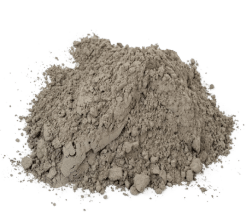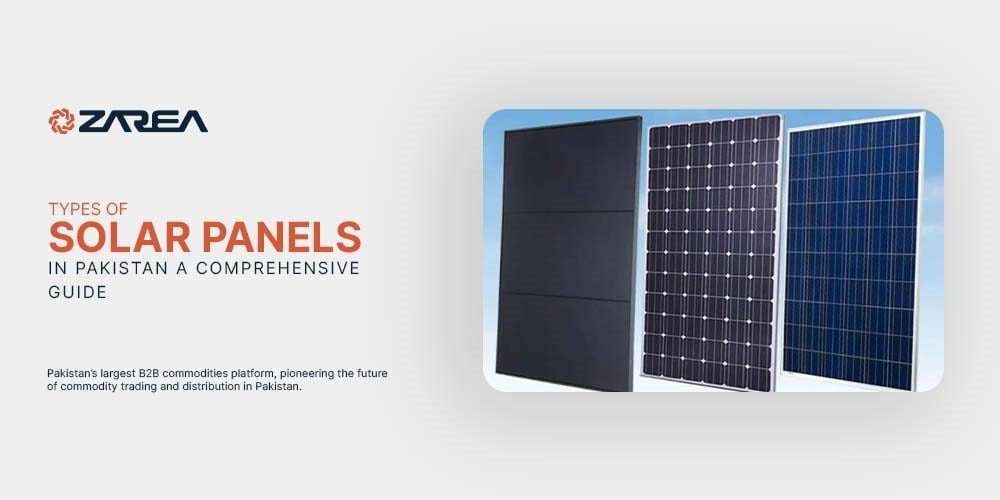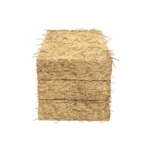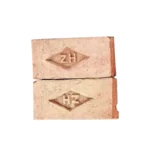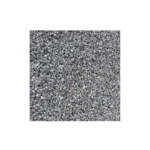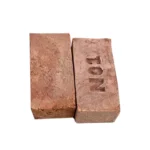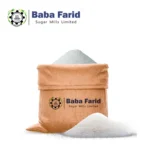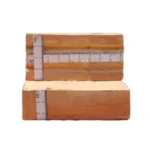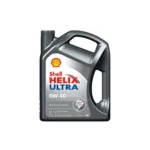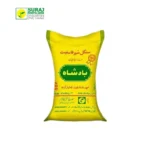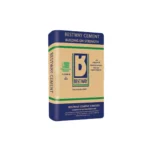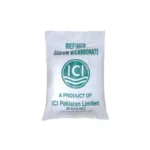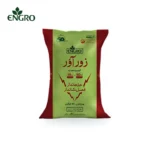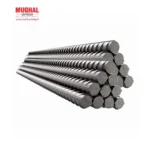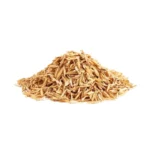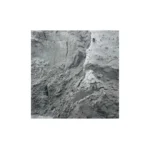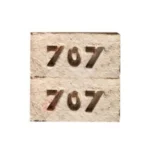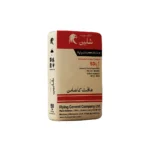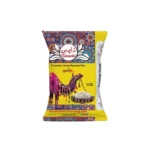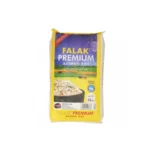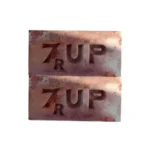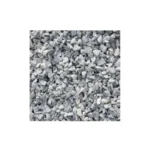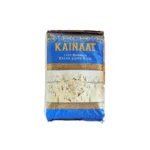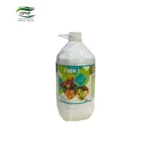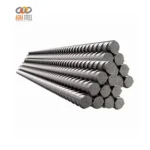Importance – Solar Power System:
As electricity prices continue to rise and power outages become more frequent in Pakistan, solar energy has emerged as a viable and cost-effective solution for households, businesses, and industries. With the growing demand for solar energy, it is crucial to understand the different types of solar panels available in Pakistan, along with their efficiency, costs, and suitability for various applications.
Solar panels represent a beacon of hope in our quest for sustainable energy solutions. The ability to harness the boundless energy of the sun through photovoltaic (PV) technology has garnered significant attention and importance. This article delves into the world of solar panels, exploring their role in the renewable energy landscape and their contribution to a cleaner, more sustainable future.
This guide provides a detailed overview of the various types of solar panels, their advantages, and the most appropriate choices for the climate and energy needs of Pakistan.
Main Available Types of Solar Panels in Pakistan:
Solar cells and panels function through the essential principle of the Photovoltaic Effect, utilizing PV technology. Engineers typically utilize semiconductors to capture incoming solar radiation, converting sunlight into direct current (DC). This DC is then transformed into usable alternating current (AC) through the use of inverters.
It is important to note that this article will not cover the various brands of solar panels available in Pakistan. Rather, we will explore the kinds of solar present in Pakistan according to the technology and design. Every type of solar panel has its own specific characteristics, significance, benefits, and associated drawbacks. Solar panels are typically divided into three main categories, each with its own distinct properties.
(Mono-crystalline Solar Panels)
Monocrystalline solar panels are a preferred and widely adopted option within the solar industry in Pakistan. Their outstanding energy efficiency is a key factor contributing to their increasing prevalence in solar installations throughout the country. The superior efficiency of monocrystalline panels is attributed to their unique manufacturing process, which involves the creation of a single crystal structure from high-purity silicon.
- Efficiency: 18%–22% (Highest efficiency among all types)
- Appearance: Black-colored, uniform surface
- Lifespan: 25–30 years
- Best For: Homes, commercial buildings, and industries
- Price: Higher compared to other types
Advantages:
- Highly efficient, requiring less space for installation
- Performs well in low light and high temperatures
- Long-lasting with high durability
Disadvantages:
- More expensive than polycrystalline and thin-film panels
- Performance drops significantly if partially shaded
(Poly-crystalline Solar Panels)
Polycrystalline solar panels, commonly referred to as multi-crystalline panels, are a popular choice for solar installations in Pakistan. The name derives from their manufacturing process, which involves the use of multiple silicon crystals instead of a singular crystal structure. This results in a distinctive appearance characterized by a speckled blue color, setting them apart from monocrystalline panels.
- Efficiency: 15%–18%
- Appearance: Bluish, with visible silicon fragments
- Lifespan: 20–25 years
- Best For: Residential use and small-scale businesses
- Price: More affordable than monocrystalline panels
Advantages:
- Lower cost than monocrystalline panels
- Suitable for large installations where space is not a constraint
- Good performance in moderate sunlight conditions
Disadvantages:
- Slightly less efficient than monocrystalline panels
- Needs more space to generate the same amount of power
(Thin-Film Solar Panels)
Thin-film solar panels constitute a unique and innovative category of solar technology, offering particular advantages across a range of applications. Unlike monocrystalline and polycrystalline panels, thin-film panels are created by depositing a slender layer of photovoltaic material onto a substrate such as glass or metal. This production method enables adaptability, a lightweight structure, and possible cost reductions.
They exhibit a uniform and homogeneous appearance, lacking the individual cell structures characteristic of crystalline silicon panels. Additionally, the coloration may vary depending on the specific material employed, ranging from a rich brown to a bluish-black hue.
- Efficiency: 10%–12% (Lower than crystalline panels)
- Appearance: Flexible and lightweight
- Lifespan: 15–20 years
- Best For: Large-scale solar farms and portable solar systems
- Price: Cheapest among all solar panels
Advantages:
- Lightweight and flexible, making them easy to install
- Works well in high temperatures and cloudy weather
- Suitable for rooftops with weight restrictions
Disadvantages:
- Lower efficiency compared to crystalline solar panels
- Requires more space to produce the same amount of energy
Emerging Solar Panel Technologies in Pakistan:
Besides conventional solar panels, innovative solar technologies are attracting interest in Pakistan’s renewable energy sector:
Bifacial Solar Panels
Bifacial solar panels are designed with a transparent back panel or a glass rear, allowing them to harness sunlight from both the front and back, which primarily consists of reflected light. These panels have the potential to generate more electricity compared to conventional panels by capturing sunlight on both sides. When sunlight hits the front of the panel, it produces electricity as anticipated.
What makes this particularly interesting is the contribution from the rear side of the panel. It captures sunlight that is reflected off surfaces such as the ground or nearby structures, transforming that reflected light into additional electricity. This capability indicates that bifacial panels can optimize the sunlight they absorb, thereby increasing their overall energy output.
- Generates power from both sides of the panel, increasing efficiency
- Ideal for open areas and ground-mounted systems
- Higher upfront cost but better energy production
PERC (Passivated Emitter and Rear Cell) Solar Panels
PERC panels are a type of monocrystalline solar panel characterized by a passivated emitter and a rear cell configuration. The passivation process involves applying a thin layer of insulating material to the front of the solar cell, which reduces recombination losses and improves the overall efficiency of the cell. Additionally, the rear cell design facilitates enhanced light absorption and reflection within the panel, thereby increasing its performance.
- Improves sunlight absorption, increasing efficiency
- Performs well in low-light conditions
- Slightly more expensive than traditional monocrystalline panels
Solar Roof Tiles
BIPV systems are designed to be integrated into building materials, including solar roof tiles and solar windows, effectively combining functionality with aesthetic value. They facilitate the seamless integration of solar energy generation into the architectural design of the structure.
- Designed to blend with rooftops while generating electricity
- Aesthetically appealing but costly and less efficient
Choosing the Best Solar Panels in Pakistan:
When choosing the right solar panel according to the best types of solar panels in Pakistan, take into account the following aspects:
Energy Needs
- For residences: Polycrystalline or monocrystalline panels are optimal.
- For companies and sectors: Monocrystalline or bifacial panels for optimal performance.
- For rural or mobile applications: Thin-film solar panels are most effective.
Financial Plan
- Large budget? Choose monocrystalline panels for optimal performance.
- Average budget? Polycrystalline panels represent an economical choice.
- Tight finances? Think about thin-film solar panels.
Weather Conditions
- In hot and humid regions (e.g., Sindh, Punjab): Thin-film and PERC panels are effective.
- In regions with fluctuating sunlight (e.g., Northern Pakistan): Monocrystalline panels are optimal.
Cost of Solar Panels in Pakistan (2025 Estimates):
| Solar Panel Type | Price Range (Per Watt) |
|---|---|
| Monocrystalline | PKR 100 – 150 |
| Polycrystalline | PKR 80 – 120 |
| Thin-Film | PKR 50 – 80 |
| Bifacial | PKR 130 – 180 |
Note: Please be aware that prices differ depending on the brand, efficiency, and installation expenses.
Best Solar Panel Brands in Pakistan:
Numerous domestic and foreign brands provide top-notch types of solar panels in pakistan:
- Longi Solar – Renowned for its efficient monocrystalline solar panels (Click Here To: Buy Longi Solar Panels from Zarea)
- JA Solar – Provides cost-effective and high-performance panels (Click Here To: Buy JA Solar Panels from Zarea)
- Canadian Solar – Dependable efficiency with extended warranties (Click Here To: Buy Canadian Solar Panels from Zarea)
- Jinko Solar – A leading supplier globally (Click Here To: Buy Jinko Solar Panels from Zarea)
- Trina Solar – Delivers robust and effective solar solutions (Click Here To: Buy Ttrina Solar Panels from Zarea)
- Astronergy Solar – Renowned worldwide, the Astronergy Solar Panels brand holds a significant presence not just in Pakistan but across the globe. (Click Here To: Buy Astronergy Solar Panels from Zarea)
Government Incentives for Solar Energy in Pakistan:
The Government of Pakistan is encouraging the use of solar energy by providing several incentives:
- Net Metering System – Return surplus electricity to the grid
- Solar Funding Options – Simple loans for residential and commercial solar installations
- Tax Exemptions – No import duty on solar panels
Final Concluding Thoughts:
The solar energy industry in Pakistan is rapidly expanding, offering a diverse selection of solar panel options to meet different needs and budgets. Whether you are a residential property owner, a business leader, or an industrial investor, choosing the right type of solar panel can significantly reduce electricity costs, improve energy reliability, and contribute to a sustainable future.
Note: Investing in solar energy with Zarea leads to a brighter, cleaner, and more affordable future.
FAQ’s:
Which solar panel type is best in Pakistan?
The ideal solar panel for Pakistan hinges on your unique requirements, financial plan, and geographical area. Nonetheless, experts typically regard Monocrystalline Solar Panels as the optimal option because of their excellent efficiency, longevity, and outstanding performance in the climate of Pakistan.
What are the 3 types of solar panels?
The three main types of solar panels are monocrystalline, polycrystalline, and thin film. Monocrystalline solar panels are the most efficient. Polycrystalline solar panels can be the most cost-effective. Thin-film solar panels can be the best for DIY projects or RVs.
What are the different types of solar systems in Pakistan?
Three kinds of solar panels are available in the market: monocrystalline, polycrystalline, and thin-film. Monocrystalline panels offer higher efficiency but come at a greater cost. Polycrystalline panels are not as efficient but are cheaper.
What is the newest type of solar panel?
Thin-film solar panels represent the latest and most adaptable form of solar technology. In contrast to conventional panels that depend exclusively on silicon, these panels can utilize various materials, such as Copper Indium Gallium Selenide (CIGS).
Which solar panel works at night?
Thermal Solar Panels: These panels capture sunlight to store heat during the day, and we can then utilize it to produce electricity at night. We achieve this by utilizing a fluid, like molten salt, to retain thermal energy, which we can then transform into electricity with a heat engine.
